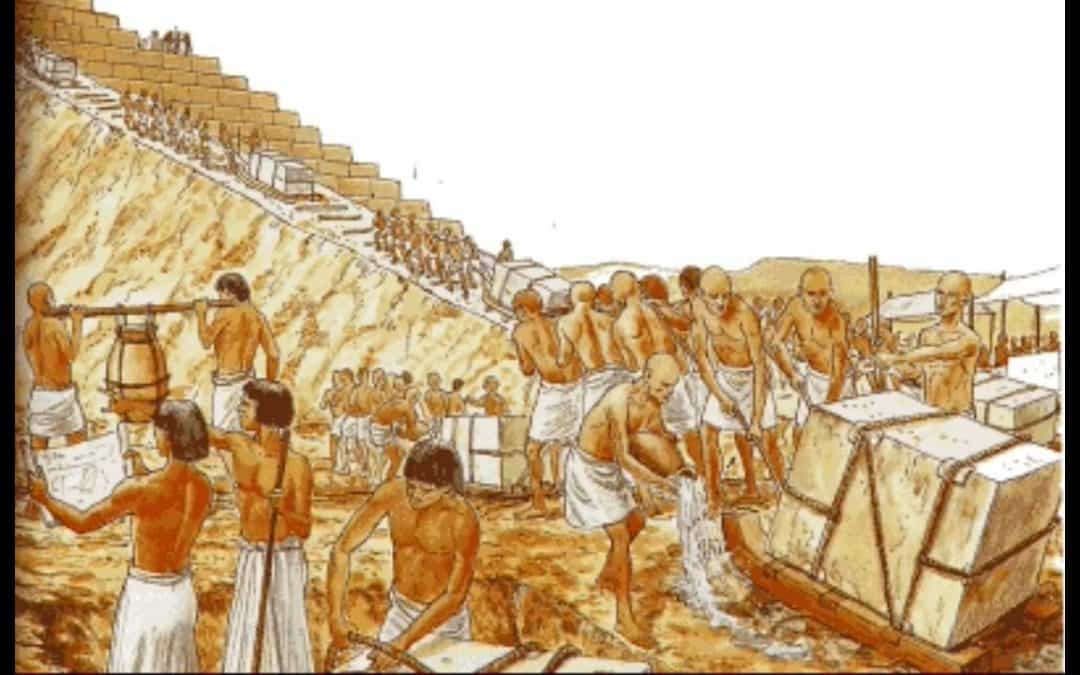
Overview of the Pyramids of Giza
Introduction to the Pyramids
The Pyramids of Giza, standing majestically on the outskirts of Cairo, represent one of the most profound accomplishments of ancient architecture. These monumental structures, built during Egypt’s Fourth Dynasty (around 2580 – 2560 BC), served not only as tombs for pharaohs but also as grand symbols of their power and divinity. Each pyramid, especially the Great Pyramid of Khufu, showcases remarkable precision and an understanding of geometry that continues to fascinate historians and architects today.
Historical Significance of the Pyramids
The significance of the Pyramids of Giza transcends mere craftsmanship; they embody the complex beliefs and social hierarchies of ancient Egypt. Key aspects include:
- As Tombs : They housed the mummies of pharaohs, facilitating their journey to the afterlife.
- Cultural Symbols : Representing the sun’s rays, they were seen as a connection between earth and the divine.
- Technological Marvels : Their construction demonstrated advanced engineering skills of the time, linking generations of workers and craftsmen.
These enduring structures continue to be a source of fascination and mystery, inviting exploration into the rich tapestry of ancient Egyptian civilization.
Ancient Construction Tools Used
Tools and Techniques Employed by Ancient Egyptians
The construction of the Pyramids required a fascinating array of tools and techniques. Ancient Egyptians used simple yet effective implements crafted from materials available to them. For example:
- Copper Tools : Saws and chisels derived from copper were essential for cutting stones.
- Limestone Hammers : These were used for shaping and refining the stones.
- Wooden Levers : Lever systems helped lift heavy blocks into place during construction.
Personal anecdotes from archaeologists highlight how collaborative labor transformed these tools into extensions of human effort, showcasing the ingenuity of ancient builders.
Evolution of Construction Tools over Time
As construction progressed, so did the tools. The evolution includes:
- Emergence of Bronze Tools : As metallurgy advanced, bronze replaced copper, enhancing durability.
- Use of Ramps : Ingenious ramp systems were developed to transport heavy blocks, demonstrating their evolving engineering techniques.
- Precision Instruments : Over time, Egyptians began using plumb bobs and leveling instruments for greater accuracy in alignment.
This gradual evolution encapsulated centuries of cumulative knowledge, allowing the ancient Egyptians to push boundaries in construction while creating lasting legacies.
Methods of Building the Pyramids
Construction Process of the Pyramids
The construction process of the Pyramids was a monumental endeavor, orchestrated meticulously over years. It began with site selection, followed by:
- Planning : Architects mapped out layouts to ensure perfect alignment with cardinal points.
- Quarrying : Workers extracted limestone and granite blocks, transporting them using sledges lubricated with water to reduce friction.
- Building : Ramps, either straight or circular, were constructed to hoist stones into position.
This detailed planning and execution highlight the collaboration of thousands dedicated to a single vision.
Role of Various Tools in Building the Pyramids
Throughout this process, tools played a critical role in ensuring precise workmanship. Each implement facilitated specific tasks, like:
- Chisels and Hammers : Used for carving stone blocks to the required dimensions.
- Levers : Assisted in positioning heavy blocks accurately.
- Measuring Tools : Such as plumb bobs helped maintain verticality and alignment.
Through these tools, the ancient Egyptians not only achieved architectural marvels but also left behind a template for future civilizations to admire and learn from.
Theories and Controversies
Theories Surrounding the Construction of the Pyramids
Various theories have emerged regarding how the Pyramids were constructed, sparking curiosity and debate. Some prominent theories include:
- Ramp Systems : Many archaeologists suggest that straight or zigzag ramps were essential for moving heavy stones upward.
- Internal Ramps : A more recent theory posits the use of internal ramps built within the pyramids, minimizing exterior visibility.
- Biomechanical Lifting : Another theory emphasizes the utilization of manpower and leverage to lift stones, showcasing the strength and organization of laborers.
These theories reflect the ongoing quest to understand how such monumental achievements were realized.
Controversies about the Tools and Techniques Used
As research continues, controversies persist about the tools and techniques employed. Key points of contention include:
- Copper vs. Bronze : Some argue over whether copper tools were sufficient for the task or if bronze was necessary for efficiency.
- Workforce Size : Estimates of the workforce range widely, from tens of thousands to small teams, leading to debates about logistics and organization.
These discussions not only highlight uncertainties in historical records but also enhance our appreciation for the ingenuity of ancient Egyptians and their monumental undertakings.
Legacy of the Pyramids
Influence of Pyramids on Architectural History
The Pyramids of Giza have left an indelible mark on architectural history, serving as a foundation upon which many cultures have built. Their influence can be seen in:
- Subsequent Tomb Designs : Many ancient cultures adopted pyramid structures, from Mesoamerica to the Sudanic region.
- Modern Architecture : Contemporary architects often take inspiration from their precise geometry and monumental scale.
- Symbolic Representation : The pyramid shape signifies ascension and stability, commonly found in modern structures from monuments to corporate headquarters.
These enduring principles highlight the Pyramids’ role as more than just tombs.
Preservation and Restoration Efforts
Preserving such historical treasures is crucial for future generations. Noteworthy efforts include:
- Scientific Restoration Methods : Experts utilize advanced technologies to analyze stone deterioration, leading to tailored restoration techniques.
- Cultural Preservation Initiatives : Collaborative programs between Egypt and international organizations aim to protect these sites while promoting sustainable tourism.
Through these concerted efforts, the Pyramids continue to stand as a testament to ancient creativity, inspiring awe and curiosity around the globe.
Conclusion
Summary of Ancient Construction Tools in Building the Pyramids
In exploring the remarkable journey of the Pyramids’ construction, it becomes clear that ancient Egyptian tools and techniques were pivotal. From copper chisels to wooden levers, these instruments transformed raw materials into monumental works of art. Their smart usage reflects the ingenuity and resourcefulness of a civilization driven by religious and cultural imperatives.
- Key tools included :
- Copper chisels for carving
- Limestone hammers for shaping
- Ramps for transporting heavy blocks
Implications for Understanding Ancient Civilizations
The legacy of the Pyramids extends beyond architecture; they provide profound insights into ancient societies. Their construction reveals how collaboration, labor organization, and technological innovation intersected in ways that shaped civilizations. Studying these monumental endeavors inspires admiration and underscores the shared human drive to create and preserve culture. As we delve into the past, the Pyramids remind us of our capacity to achieve greatness against the odds.
